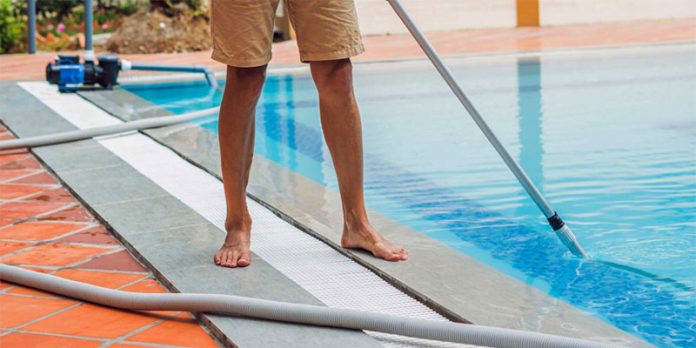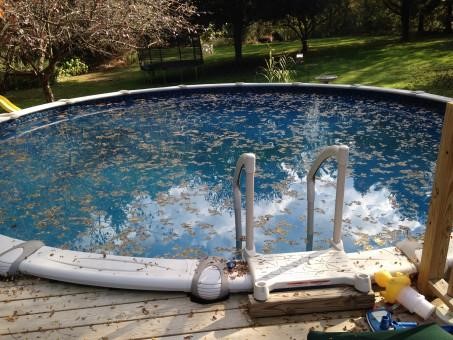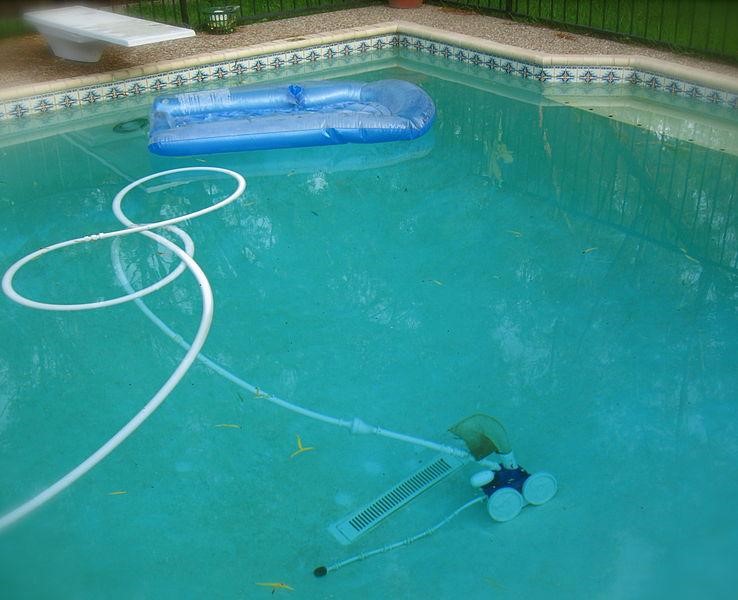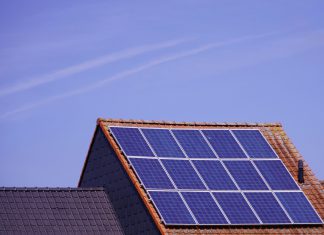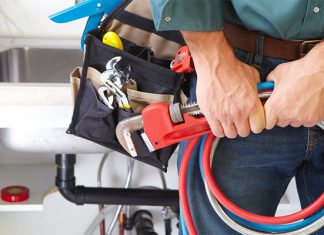Having a swimming pool in the backyard can be incredible. It is a great feeling to host parties and laze around by the poolside for the perfect tan.
However, one crucial element of pool ownership that is often overlooked is maintenance. A poor swimming pool maintenance routine may result in algae build-up, accumulation of dirty water, and damaged filters. Appropriate maintenance habits will reduce emergency runs and reduce lifecycle costs of your pool. Investing in pool enclosure or pool cover helps with maintenance and energy costs with the safety.
But, you may not always have all the essential cleaning supplies and equipment that may be used by professionals. This is when DIY maintenance solutions can help you.
Here, we have consolidated a few DIY cleaning tips to help you stay on top of your pool maintenance.
1. Ensure Regular Skimming and Scrubbing
Skimming involves the removal of debris and shrubs from the surface of the pool water. Ideally, skimming should be done every day. Make sure that you check your swimming pool accessories like the skimmer basket each time you use the leaf rake. Let it not overflow with debris. This may lead to poor water circulation and algae growth.
Your pool will also need a scrub at periodic intervals. Scrubbing the sides of the pool will stop algae growth. If you find any particularly stubborn spots, you can repurpose an old sock. Fill it with chlorine and leave it on top of the spot for a few hours. The chlorine in the sock will weaken the spot. Scrub it again to get rid of it.
2. Check the Chemical Levels
Checking the chemical levels is important. You will need a simple testing kit from your local store for this. Fill it with a sample of your pool water and close the vials. Check the changing colors of the water and compare it with the sample colors provided in the testing kit. Adjust the chemical levels, if required.
It is best to check the chemical levels once a week. According to the Centers for Disease Control and Prevention (CDC), the following six chemical levels should be considered.
(a) Cyanuric Acid
It determines the free chlorine level in pool water. This acid protects chlorine from sunlight. The ideal reading for outdoor pools is between 30 and 50.
(b) Free Chlorine
This acts as a sanitizer and keeps the pool water safe from germs.
(c) Acidity/Alkalinity
The ideal level of acidity/alkalinity or PH levels is anywhere between 7.5 and 7.8. Maintaining an appropriate level will help in preventing irritation and protecting swimming pool equipment from erosion.
3. Shock Your Cloudy Pool
Consider shocking your pool water at regular intervals. You can shock a cloudy pool by drastically increasing the chlorine levels. This is done by diluting three to five times the normal amount of chlorine in water. Pour it into your pool, let it filter through, and gradually refill the pool with water.
It is important to note that the frequent shocking of pool water may damage the pool’s siding. However, you should aim to shock your pool at least twice in a season.
4. Maintain Water Level
Maintaining the appropriate water level is as important as balancing the chemical levels in the pool water. The level may fluctuate after a heavy downpour or an evening pool party.
You will need to keep the water level halfway up the opening of the skimmer. If the level is low, you may refill the pool using a garden hose. If the level is high, use a pump to drain the excess water.
Be careful if your pool liner is made of vinyl or fiberglass. It may get damaged due to the weight of the pump. In these cases, it is best to consult a professional.
Furthermore, make sure that you recheck the chemical levels after draining/refilling water as the water levels may throw the chemical levels off balance.
5. Get Rid of Grease
Do you find a thick shiny film on top of your pool water? This indicates the presence of grease from natural body oils and suntan lotions that may be left behind after repeated use of the pool.
All you need to do is throw a couple of tennis balls into your swimming pool. The material used to make the tennis ball will absorb the excess oils and clear the water.
Wrap Up
Maintaining your swimming pool need not always involve professional help that brings an additional burden on your budget. You can follow the above-mentioned simple DIY tips to have your pool in good shape. Incorporating these tips into your regular cleaning routine will help you spend more time enjoying a clean pool.
Do you have any more tips to add to the list above? Feel free to comment below!
Author Bio: Noah Williams is the manager of Family Leisure. He’s an expert in pools, spas, and outdoor living spaces.
